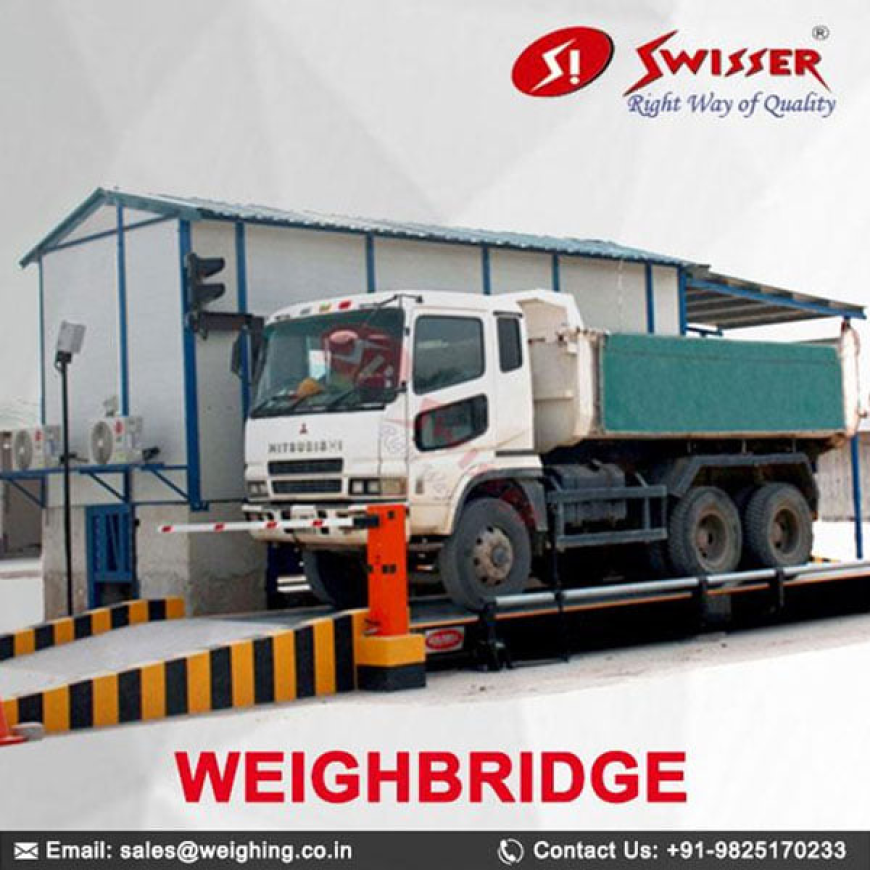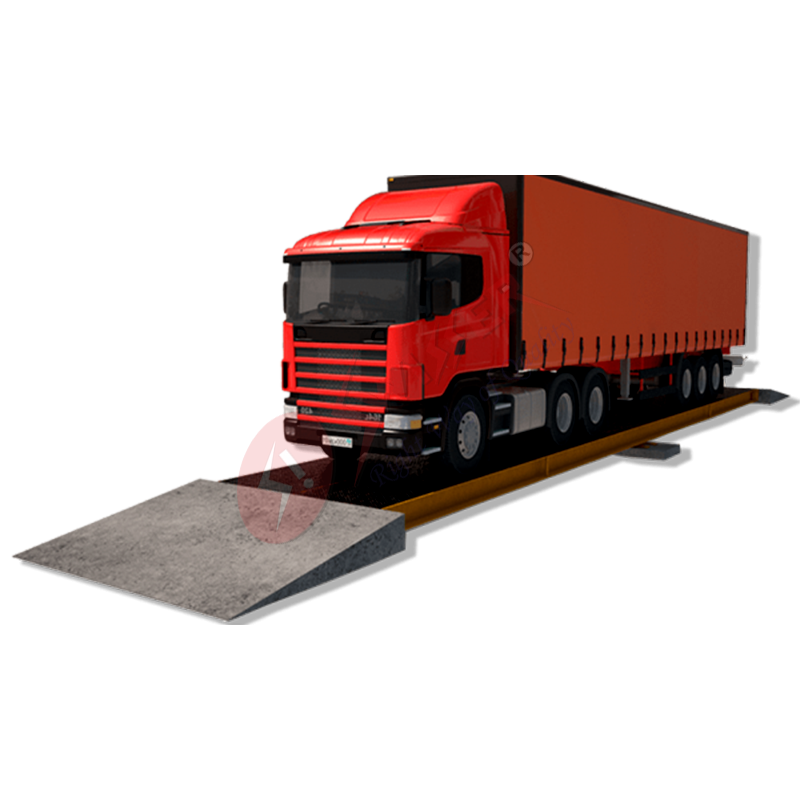An in-depth guide about Weighbridge!

Almost all weighbridges have similar components that work together to determine weight. A buyer must understand these components in order to select the truck scale that best meets their requirements. Before selecting a weighbridge for your business, you need to understand the following concepts:
-
Gross weight is the weight of the vehicle when loaded.
-
Tare is the weight of the vehicle when empty.
-
Net weight equals gross weight minus tare.
Maximum load: It is critical to ensure that the overall weight of the truck and/or the load on a set of axles falls below the legal limits for road vehicles in a specific region or nation.
Whether you are a buyer or seller of products, whether you wish to count stockpiles or ensure their conformance, the information offered by the truck scale is critical. This data is critical in determining pricing, profit margins, quality control, inventory management, and regulatory compliance, among other things.
Types of Weighbridges

Weighbridges come in a variety of designs, each with its own set of features and capabilities. Some of the most prevalent types of weighbridges are:
-
Portable Weighbridges: Portable weighbridges are intended to be readily moved and assembled. They are suited for remote or temporary activities.
-
Pit-mounted weighbridges: These weighbridges are built in a pit, so the platform is level with the ground. Pit-mounted weighbridges are more permanent than portable weighbridges and are usually more accurate.
-
Overhead weighbridges: It include a hanging platform that hangs above the roadway. Overhead weighbridges are commonly used to weigh vehicles that are too tall to fit on a standard weighbridge.
-
Rail Weighbridges: Rail weighbridges are specifically constructed to weigh trains and railcars. Rail weighbridges are often more sturdy and long-lasting than other forms of weighbridges.
The position of the weighbridge should be carefully considered. Before making a decision, address the following questions:
-
Will the truck scale accommodate traffic in one or both directions?
-
Is there adequate room on the site for trucks to readily enter and depart the scale?
-
Is there a waiting space for trucks in line so they don't obstruct the road?
-
Is the location level and strong enough to survive frost and thaw cycles?
-
Is there enough space on the site to evacuate rainfall and meltwater?
-
Is the site suitable for the installation of a new truck scale?
The weighbridge must also be equipped with a weighing cabin for the operator. He may establish weighing records, validate dispatch and/or receipt notes, and serve as the point of contact for truck drivers. Sometimes the cabin serves as the authority that orders admission and exit in order to preserve order and security in the area. In other cases, self-service terminals can replace the weighing cabin, allowing the truck driver to manage his own transactions while expediting procedures with high repeatability or few variations. Get in contact with us for further information.

 swisserinstruments
swisserinstruments 

